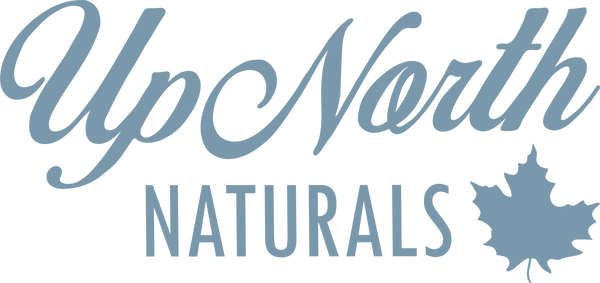Managing curly hair can be challenging without the right products. Many people rely on traditional hair gels to define curls and reduce frizz, but these gels often contain synthetic ingredients, alcohol, and artificial fragrances that may dry out the hair or cause build-up over time. This has led many to seek natural alternatives that are effective and safe for regular use.
we explore natural alternatives to curly hair gel that really work and explain how you can integrate them into your curly hair routine. From flaxseed gel to aloe vera, these options provide hold, shine, and moisture without the downsides of conventional gels.
Why Avoid Traditional Hair Gels?
Before looking at the alternatives, it’s important to understand why some people choose to stop using commercial hair gels.
1. Drying Ingredients
Many conventional gels include alcohol and synthetic polymers, which can dry out the hair. This is especially problematic for curly hair, which is naturally more prone to dryness.
2. Product Build-Up
Silicones and certain polymers can lead to build-up on the scalp and hair shaft, reducing curl definition and requiring frequent clarifying washes.
3. Scalp Irritation
Artificial fragrances, dyes, and harsh preservatives may irritate sensitive scalps, leading to itching, flaking, or inflammation.
4. Environmental Concerns
Some prefer to avoid synthetic products due to concerns about their environmental impact during production or disposal.

How to Incorporate Natural Gels into Your Curly Hair Routine
Switching to natural products requires a shift in technique and expectations. Here’s how to use these alternatives effectively within your curly hair routine:
Step 1: Cleanse and Condition
Start with a sulfate-free cleanser or co-wash to remove dirt without stripping moisture. Follow with a hydrating conditioner.
Step 2: Apply Leave-In Conditioner
This step helps detangle and add moisture before styling. It also acts as a base to help natural gels adhere better.
Step 3: Apply Your Natural Gel
While your hair is still damp, apply your chosen natural gel. Work in sections to ensure even coverage. Scrunch to encourage curl formation.
Step 4: Drying
Air dry or diffuse using low heat. Avoid touching your hair while it dries to minimize frizz.
Step 5: Scrunch Out the Crunch (If Needed)
Some natural gels may leave a light cast when dry. Scrunch gently to soften the hair without losing definition.
Tips for Making and Storing Natural Hair Gels
Since these gels are preservative-free, they have a shorter shelf life. Here are some useful tips:
-
Refrigeration: Store in an airtight container in the fridge for up to 7–10 days.
-
Freezing: Freeze in small portions and thaw as needed.
-
Add Natural Preservatives: Essential oils like tea tree or rosemary can slightly extend shelf life while benefiting the scalp.

Customizing for Hair Type and Climate
Fine Hair
Choose lighter gels like aloe vera or diluted flaxseed gel to avoid weighing down curls.
Thick or Coarse Hair
Heavier options like chia seed gel or honey-based mixes may offer better hold and moisture.
Humid Conditions
Look for humectants like agave nectar or honey, but use sparingly to prevent excessive frizz.
Potential Drawbacks of Natural Alternatives
While these alternatives offer many benefits, they may not work for everyone or provide the same long-lasting hold as commercial gels. You may need to experiment to find the right balance of ingredients and application techniques for your hair type.
Conclusion
There are several natural alternatives to curly hair gel that really work, offering both effective styling and hair health benefits. By choosing ingredients like flaxseed, aloe vera, and chia seeds, you can maintain definition and manageability without exposing your curls to synthetic chemicals. With some experimentation and consistency, these natural options can become a core part of your curly hair routine.
Whether you're looking for stronger hold or simply a more nourishing product, the transition to natural gels can support healthier, more resilient curls in the long term.

